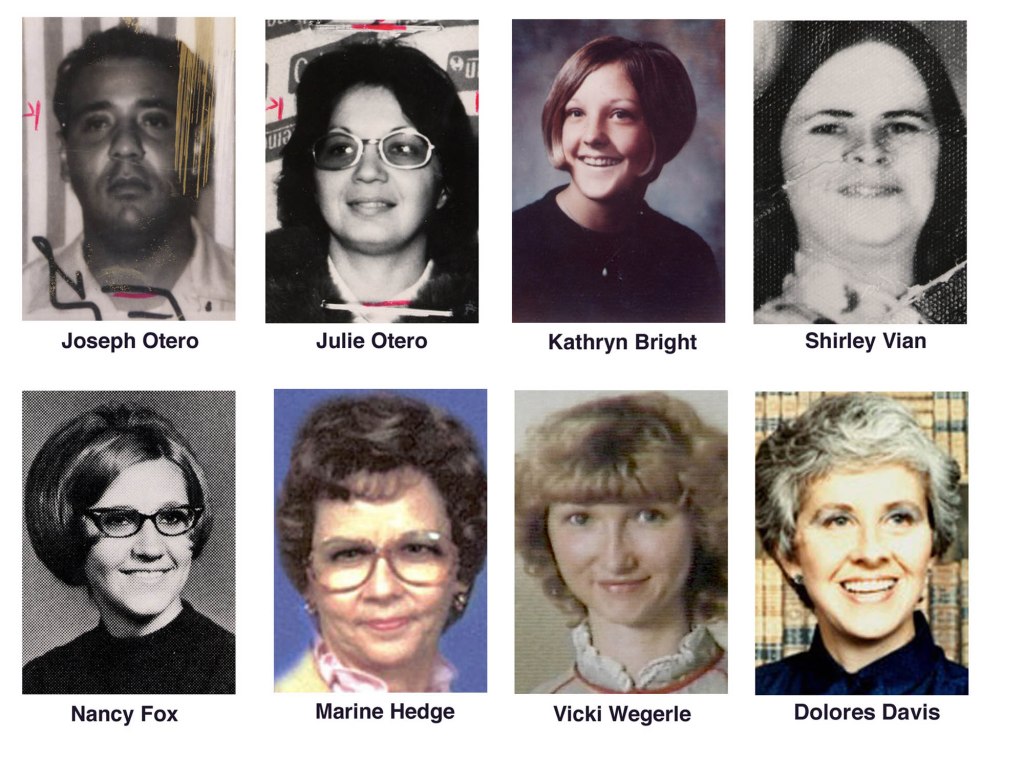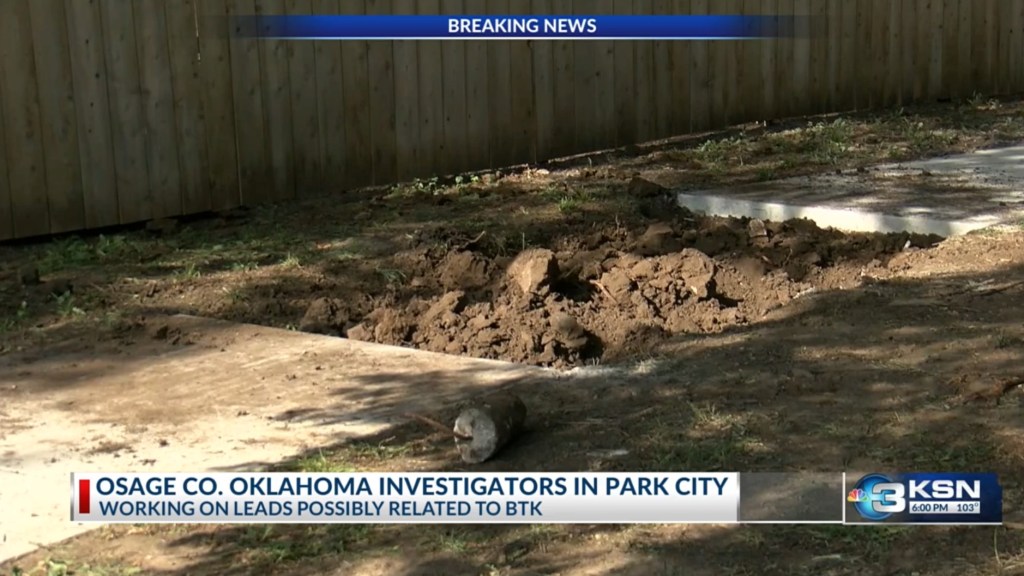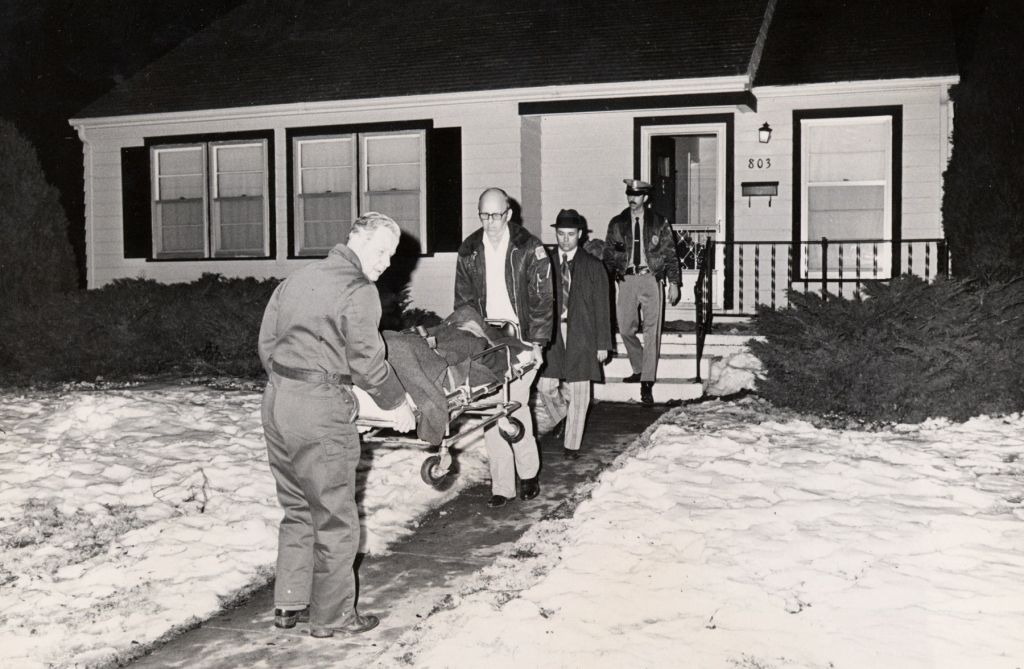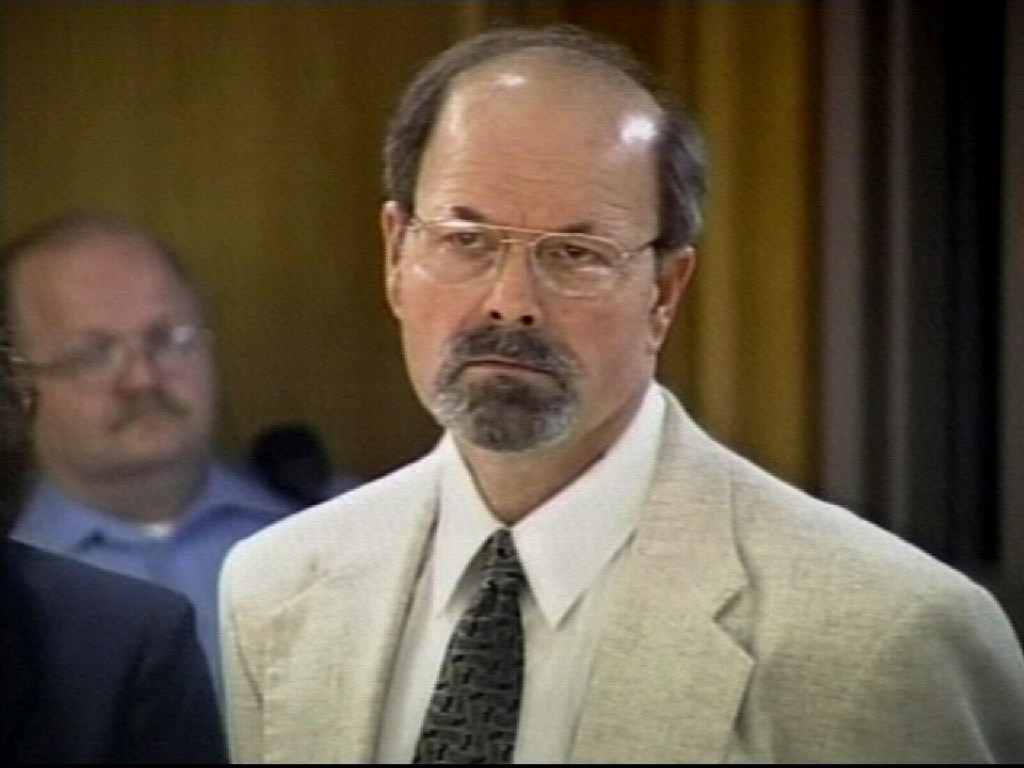‘BTK Killer’ Dennis Rader’s former property searched in connection to cold cases
Investigators were seen Tuesday searching the Kansas property where notorious serial killer Dennis Rader once lived in connection to long-unsolved missing persons and murder cases.
Rader who called himself BTK for “bind, torture and kill” — the way he murdered his victims — is serving 10 consecutive life terms after he confessed to killing 10 people between 1974 and 1991.
Authorities believe he may have had more victims before his 2005 arrest and deputies with the Osage County Sheriff’s Office searched his former property in Park City to look for evidence of additional murders, local NBC affiliate station KSN reported.
“I can confirm we are working leads on possible murder and missing persons that could be related to BTK,” Undersheriff Gary Upton said in a statement to the new station.
Upton told Fox News that the search was spurred by the cold case investigation into the disappearance of Cynthia “Cyndi” Dawn Kinney, a 16-year-old high school cheerleader who was reported missing in June 1976. She was last seen leaving a relative’s laundromat.
Park City Police Chief Phil Bostian said the sheriff’s office had asked public works to remove some cement on the property now owned by the city in order to dig below it, according to KSN.


“The theory is he could have placed evidence of cases under stone pavers under the metal shed he built in the early to mid-90s. Like drivers licenses in jars,” Rader’s estranged daughter Kerri Rawson told Fox.
Investigators dug a hole in an area where the shed once stood, she said.
The house Rawson grew up in and where Rader reportedly planned his killings has long been demolished.


Rader — who would often brag about his murders in gruesome detail to the media before he was caught — has previously denied being responsible for Kinney’s disappearance.
Last month, the convicted killer wrote another letter to a news outlet in which he claimed Gilgo Beach murders suspect Rex Heuermann is a “clone” of himself.
Both men were married with families and went undetected in their communities for decades until DNA evidence tied them to the heinous killings.

Rader slaughtered his first victims, a married couple and their two children, in January 1974 and went on to kill six more people, all women, through 1991.
Read the full article Here


